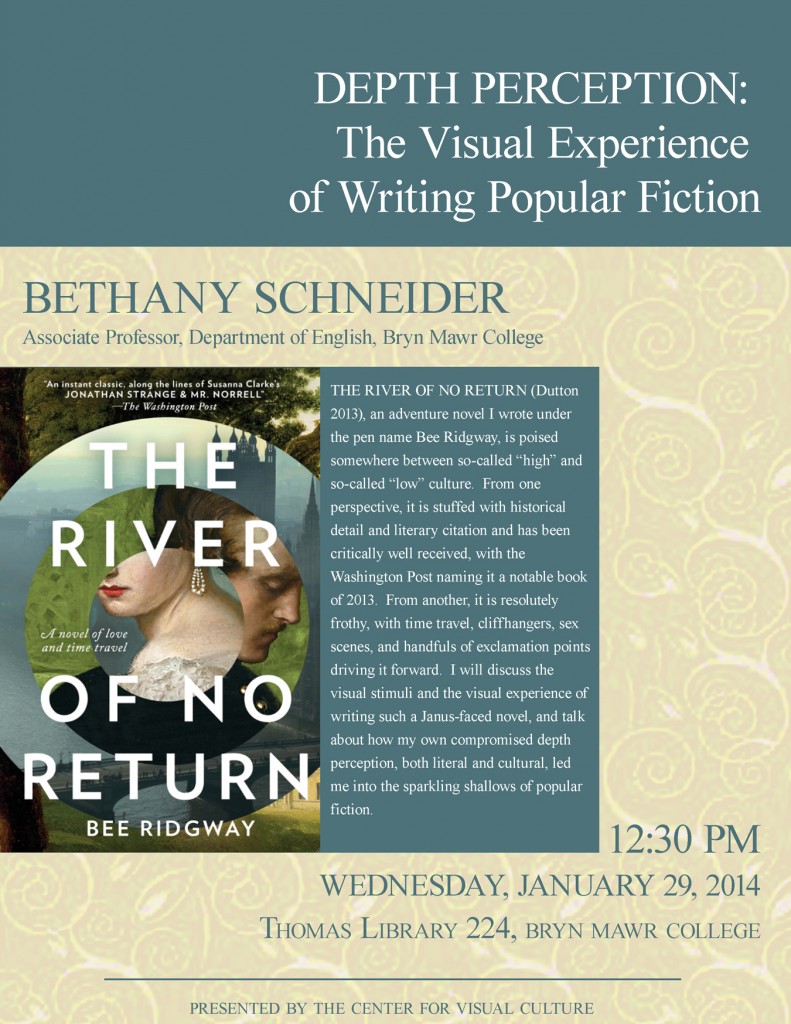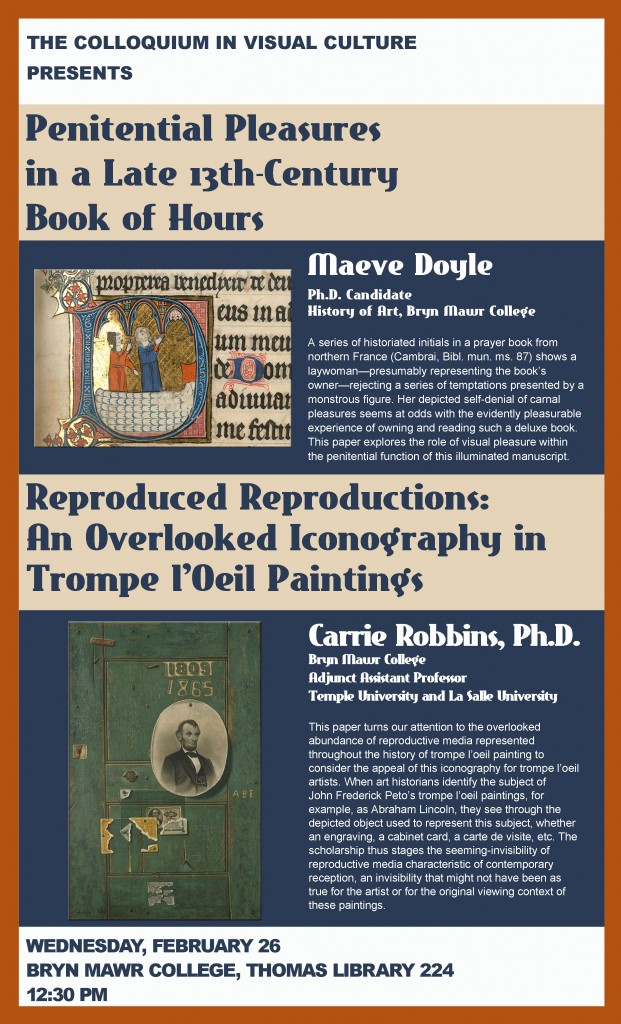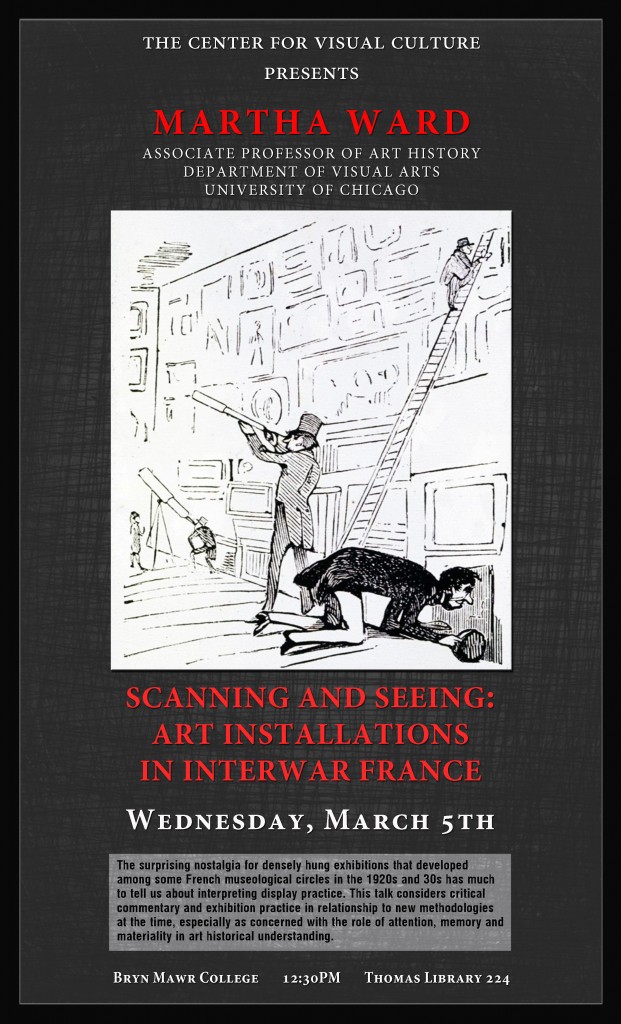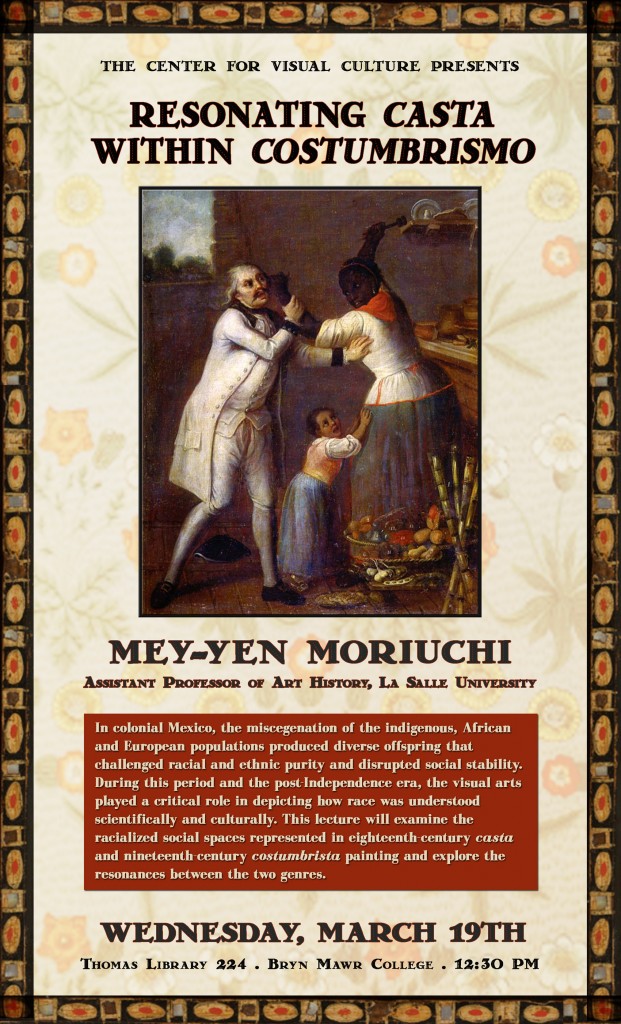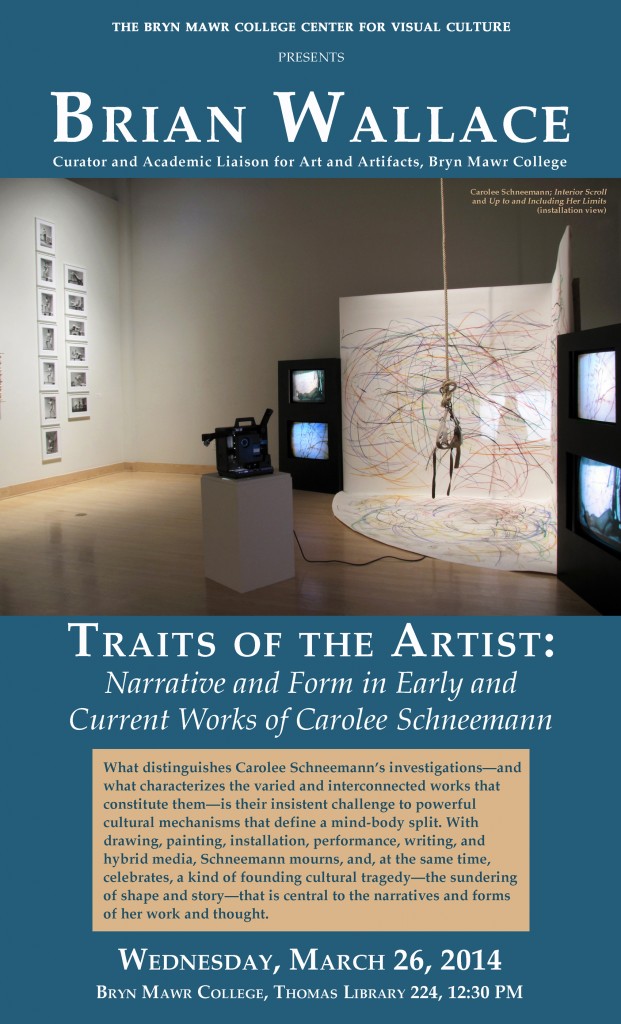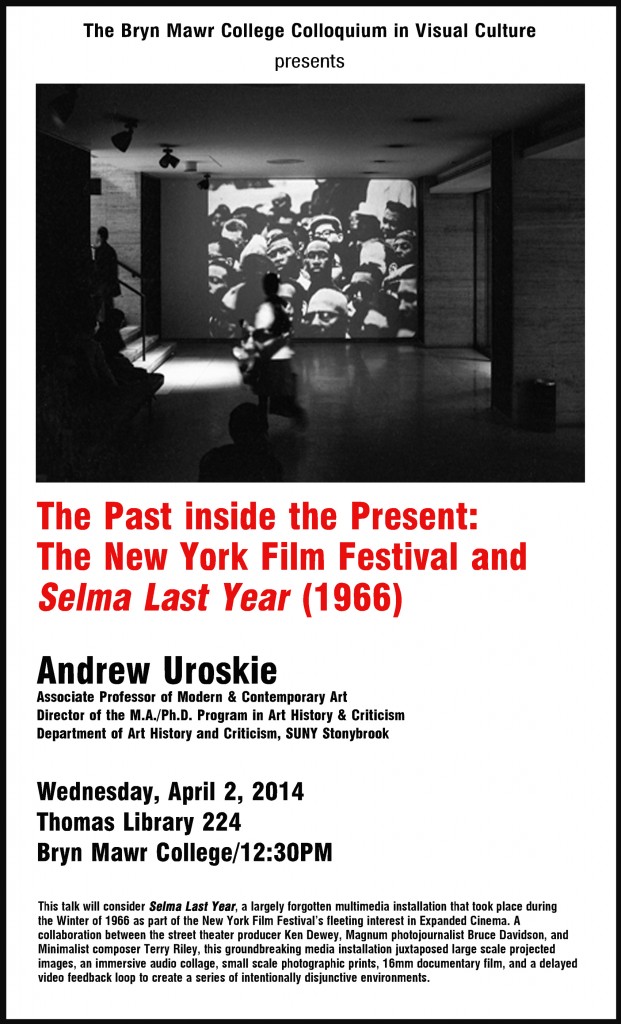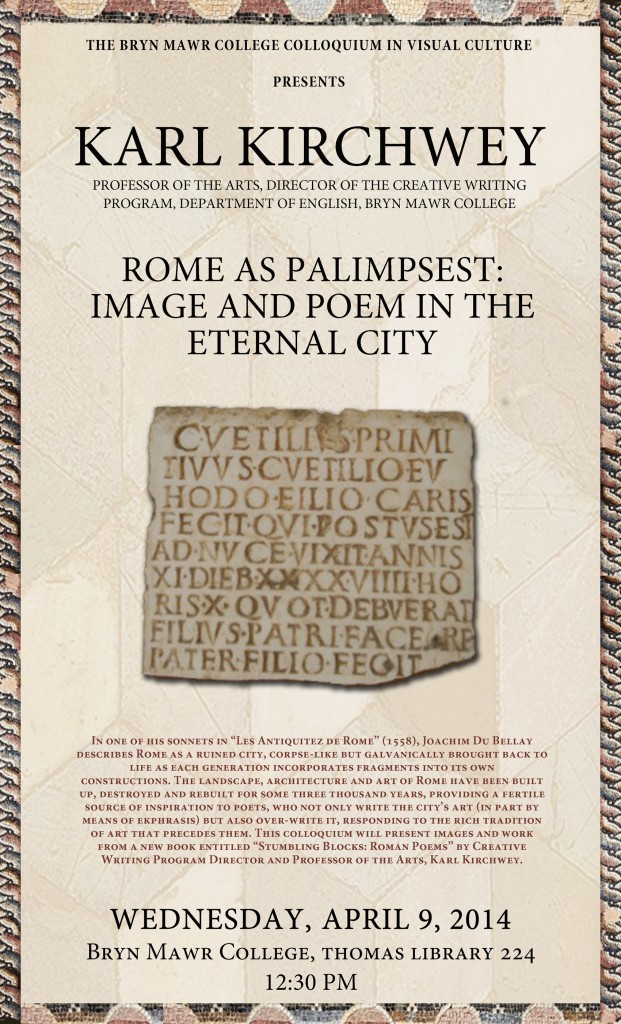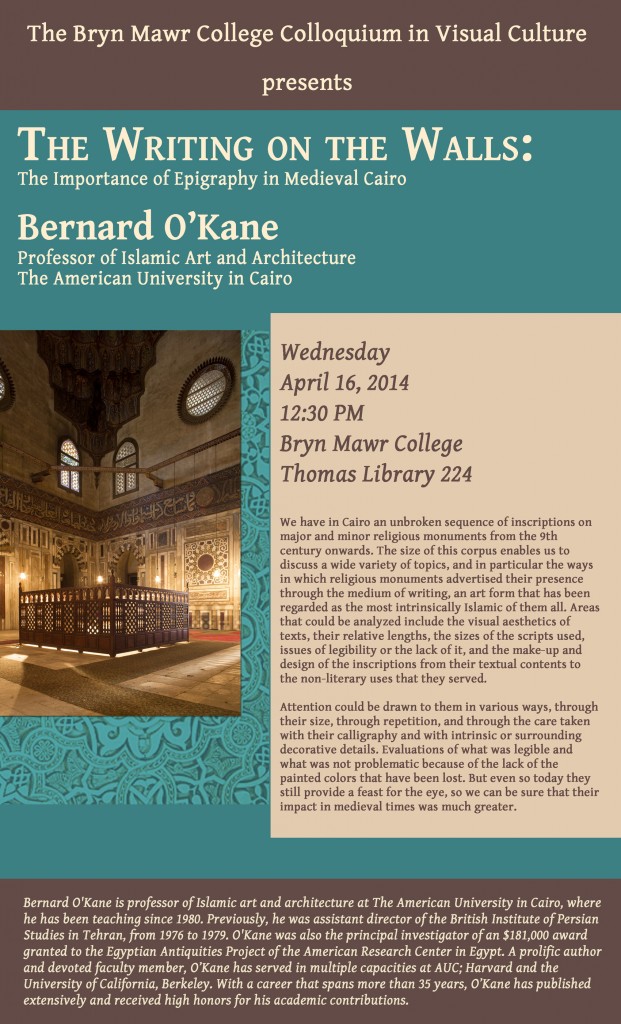Associate Professor of English
Department of English, Bryn Mawr College
“Depth Perception: The Visual Experience of Writing Popular Fiction”
THE RIVER OF NO RETURN (Dutton 2013), an adventure novel I wrote under the pen name Bee Ridgway, is poised somewhere between so-called “high” and so-called “low” culture. From one perspective, it is stuffed with historical detail and literary citation and has been critically well received, with the Washington Post naming it a notable book of 2013. From another, it is resolutely frothy, with time travel, cliffhangers, sex scenes, and handfuls of exclamation points driving it forward. I will discuss the visual stimuli and the visual experience of writing such a Janus-faced novel, and talk about how my own compromised depth perception, both literal and cultural, led me into the sparkling shallows of popular fiction.

